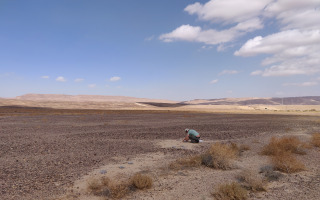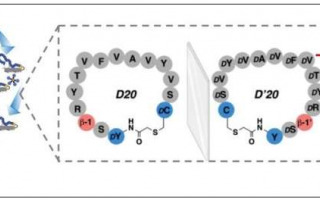Immune System Imbalance as a Trigger for Depression: A New Perspective
A new study highlights the link between inflammation and depression, challenging traditional neurotransmitter-focused theories. An examination of decades of research suggests that immune system imbalances may trigger and sustain depressive symptoms, particularly in high-risk groups. This research paves the way for personalized treatments targeting inflammation, offering new hope for those unresponsive to conventional therapies.

















